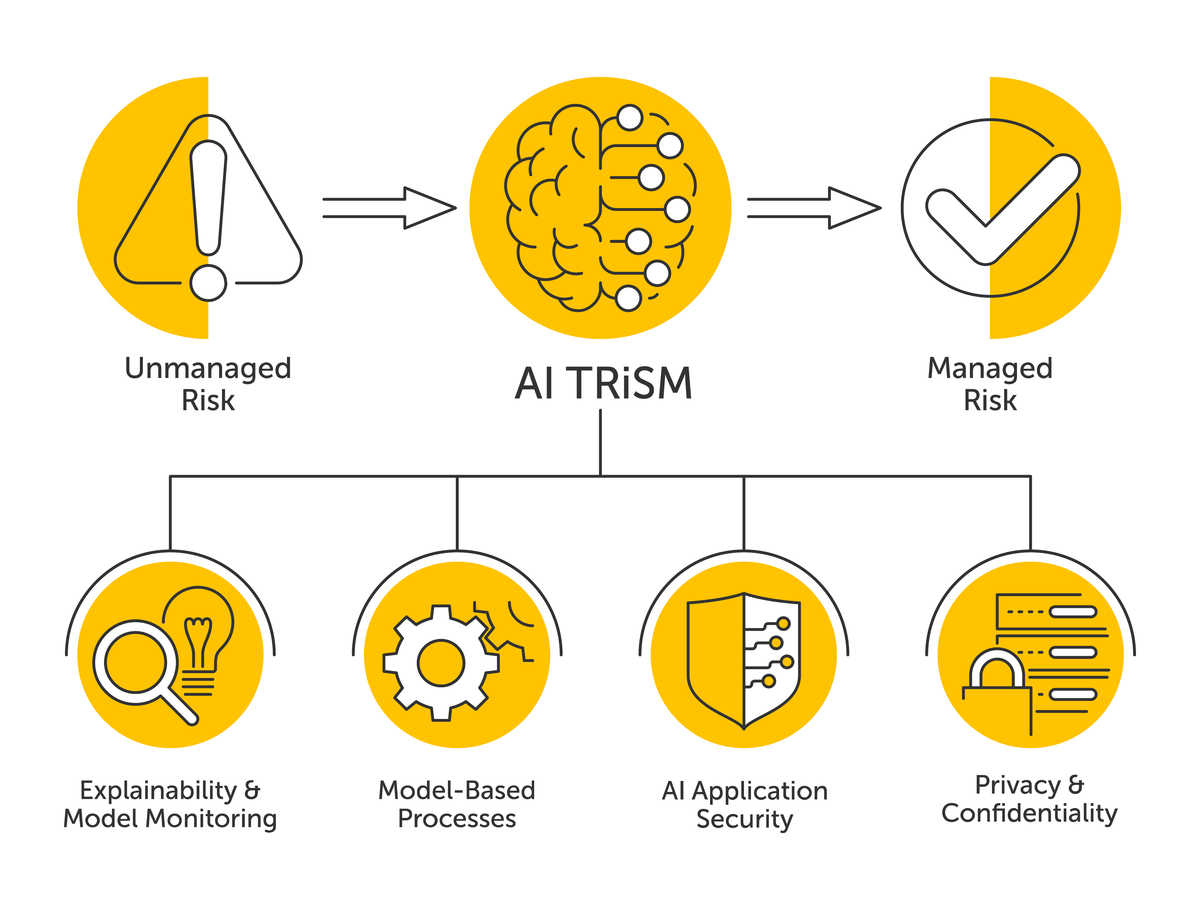Genetic Determinants of Androgenetic Alopecia and Alopecia Areata: Insights from Mendelian Randomization Analysis
This study identified 40, 41, 35, 30, 23, 113, 83, 7, 458 and 374 SNPs from the GWAS database as IVs (P < 5×10-08) for coffee intake, tea intake, alcohol consumption, smoke, insomnia, television watching, computer use, driving time, BMI and waist circumference, respectively. After clumping and harmonizing (excluding variants which were palindromic with intermediate allele frequencies), there remained 35, 33, 28, 20, 24, 96, 70, 5, 346 and 299 variants, respectively for further analysis. Details of the SNPs used as IVs were displayed in Supplementary file 1: Supplementary tables. Table S1-S10. Figure 2 displays scatterplots of the associations between each genetic variant and their corresponding outcomes for all traits that showed significant associations. Leave-one-out rest is to remove one SNP in sequence and evaluate the overall effect of the remaining SNPs on depression. If the result remains unchanged, it indicates that the result is stable (Figure 3).
3.1 AGA The IVW analysis revealed an increased risk of genetically predicted coffee intake and alcohol consumption on AGA: coffee intake [IVW odds ratio (OR) per one standard deviation (SD) increase: 35.914 (95% CI, 2.522-511.354), P = 0.008], alcohol consumption [IVW OR per one SD increase: 24.098 (95% CI, 1.291- 449.698), P = 0.033). MR-Egger intercept revealed no evidence of directional pleiotropy (coffee intake: P = 0.0773, alcohol consumption: P = 0.795) and Cochran's Q showed the absence evidence for heterogeneity (coffee intake: P = 0.884, alcohol consumption: P = 0.970) (Table 3). Further leave-one-out analysis and scatter plot analysis didn’t detect significant outliers (Figure 2). Weighted median and MR-Egger method were directionally consistent and the pleiotropy and heterogeneity were absence, albeit with insignificant p-value (Table 2). According to the paper description, this could be considered as the positive result[19]. The causal effect of BMI on the risk of AGA was at borderline statistical significance [IVW OR per one SD increase: 2.097 (95% CI, 0.999-4.402), P = 0.050). Similar risk estimates were obtained using the MR‐Egger regression [OR per one SD increase: 4.274 (95% CI, 0.597-30.599, P = 0.149) and weighted median [OR per one SD increase: 1.876 (95% CI, 0.464-7.578), P = 0.377), although the association was not statistically significant. Furthermore, no evidence of directional pleiotropy (MR-Egger intercept = , P = 0.444) or heterogeneity (Q = 340.291, P = 0.561) was observed. Therefore, this MR analysis suggest a potential causal effect of BMI on AGA, but the evidence is weak. However, genetically predicted waist circumference was not related to AGA risk (IVW P = 0.145). Additionally, other genetically predicted lifestyle factors, including tea intake (IVW P = 0.376), smoking (IVW P = 0.765), insomnia (IVW P = 0.105), television watching (IVW P = 0.058), computer use (IVW P = 0.366) and driving time (IVW P = 0. 496) were not obviously associated with AGA. (Table 3)
3.2 AA IVW methods showed a causal effect of insomnia on AA [IVW OR per one SD increase: 10.301(95% CI, 1.273-83.339), P = 0.029]. The weighted median and MR Egger methods manifested directionally consistent effects (Table 2). In the sensitivity analysis, no heterogeneity (Q = 20.254, P = 0.627) or horizontal pleiotropy (MR-Egger intercept = 0.006, P = 0.881) was observed. There was no significant association between other lifestyle factors and AA, including coffee intake (IVW P = 0.531), tea intake (IVW P = 0.755), alcohol consumption (IVW P = 0.601), smoking (IVW P = 0.994), television watching (IVW P = 0.819), computer use (IVW P = 0.431), driving time (IVW P = 0.064), BMI (IVW P = 0.517) and waist circumference (IVW P = 0.229). (Table 3) In conclusion, the results of the MR analysis suggest a potential causal effect of genetically predicted coffee intake, alcohol consumption, and BMI on the risk of AGA (androgenetic alopecia) in the AGA group. However, the evidence for the causal effect of BMI on AGA is weak. Genetically predicted waist circumference was not found to be related to AGA risk. Furthermore, genetically predicted lifestyle factors such as tea intake, smoking, insomnia, television watching, computer use, and driving time were not significantly associated with AGA risk. In the AA group, only insomnia was found to have a causal effect on AA (alopecia areata), while other lifestyle factors showed no significant association with AA risk. Overall, these findings provide insights into the potential genetic determinants of AGA and AA and highlight the importance of lifestyle factors in their development.

原文地址: https://www.cveoy.top/t/topic/p9DD 著作权归作者所有。请勿转载和采集!